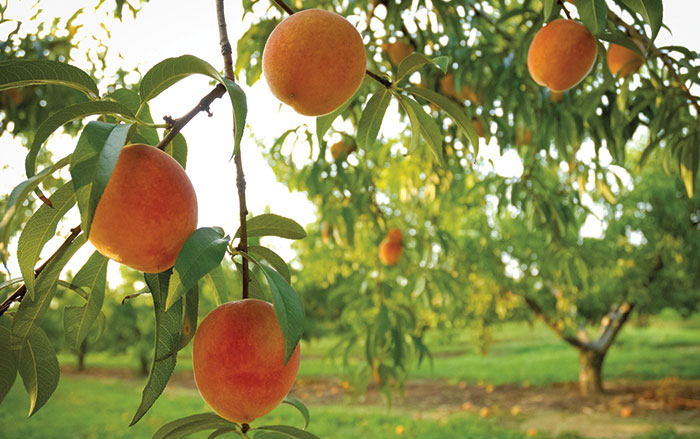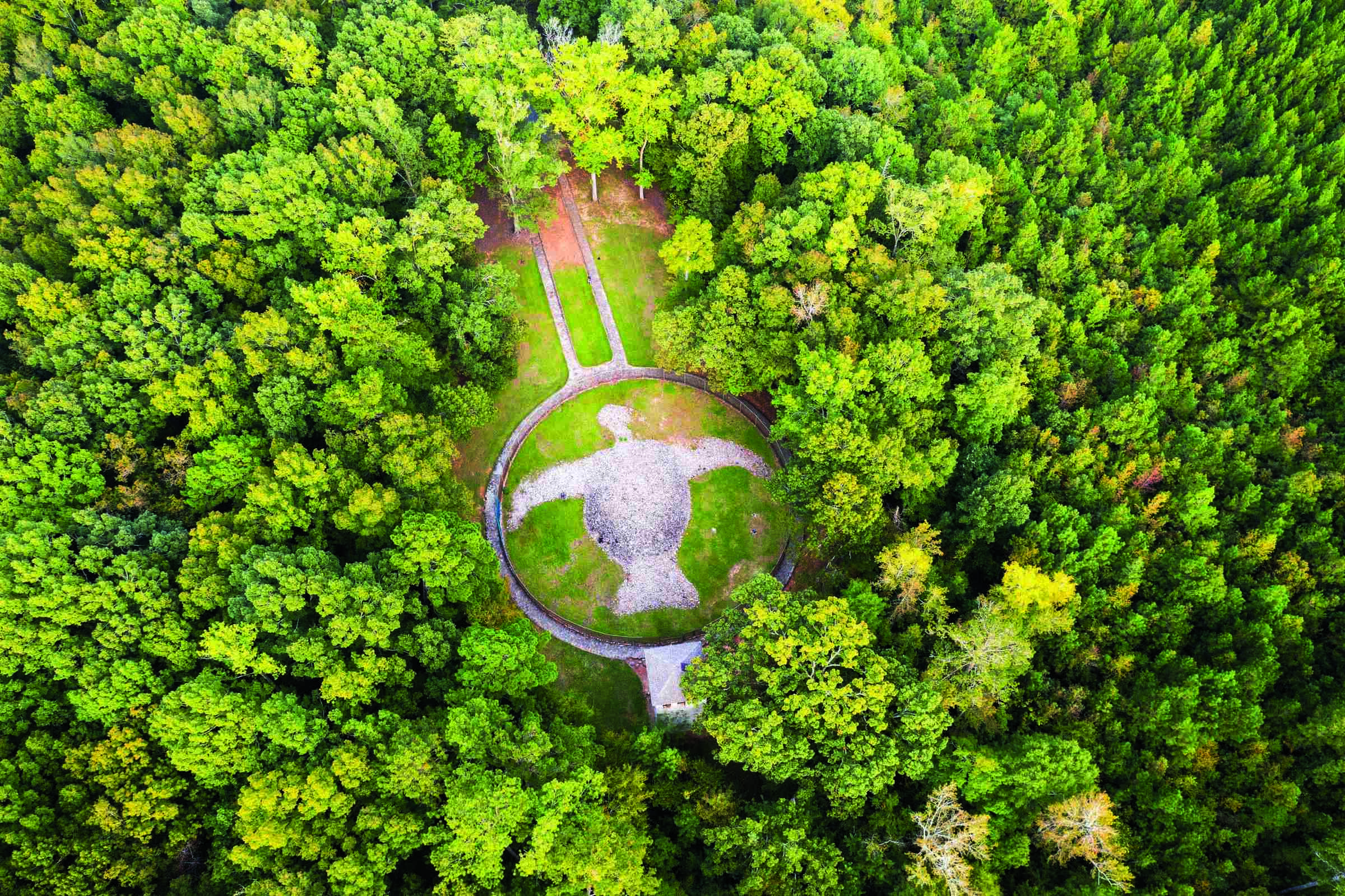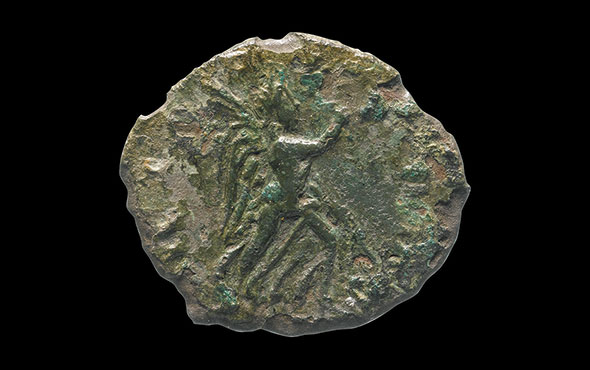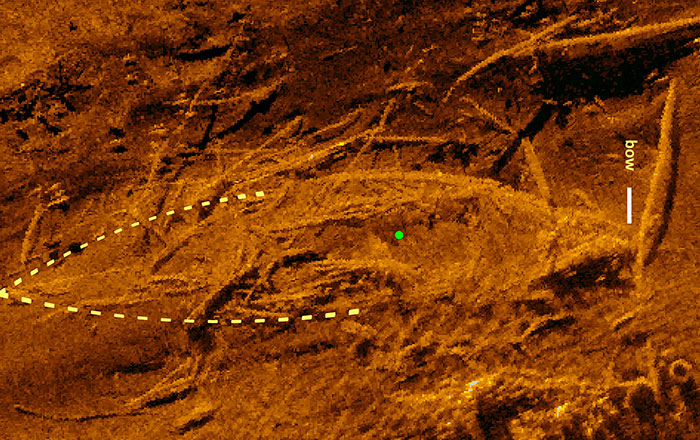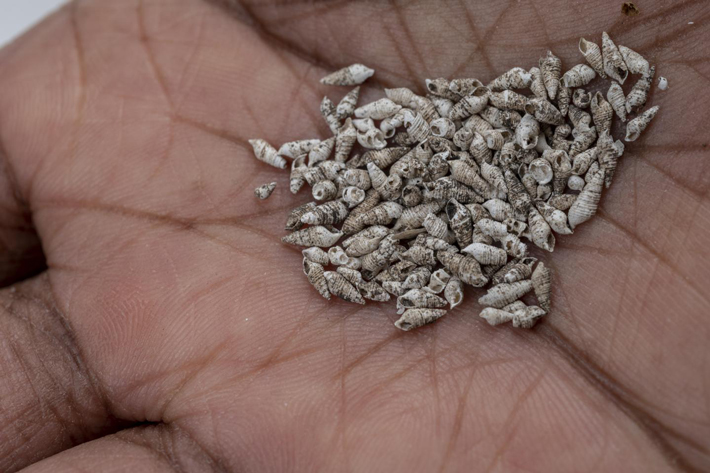
GAINESVILLE, FLORIDA—Oyster eaters have been avoiding the shellfish during the summer months—thereby lowering their risk of food poisoning—for at least 4,000 years, according to an announcement released by The Florida Museum of Natural History. Researchers Nicole Cannarozzi and Michal Kowalewski looked for evidence of Boonea impressa, a parasitic snail that latches onto oyster shells, in a 230-foot shell ring built by the inhabitants of St. Catherines Island off the coast of Georgia. The snail has a predictable 12-month life cycle, and so by measuring the length of its shell, the scientists were able to estimate when its oyster host had been harvested by humans. The size of the snail shells on the oyster shells in the ring indicate the oyster harvest was limited to the late fall, winter, and spring. Cannarozzi pointed out that the harvest avoided not only the summer months, but the time when southeastern oysters spawned as well.


